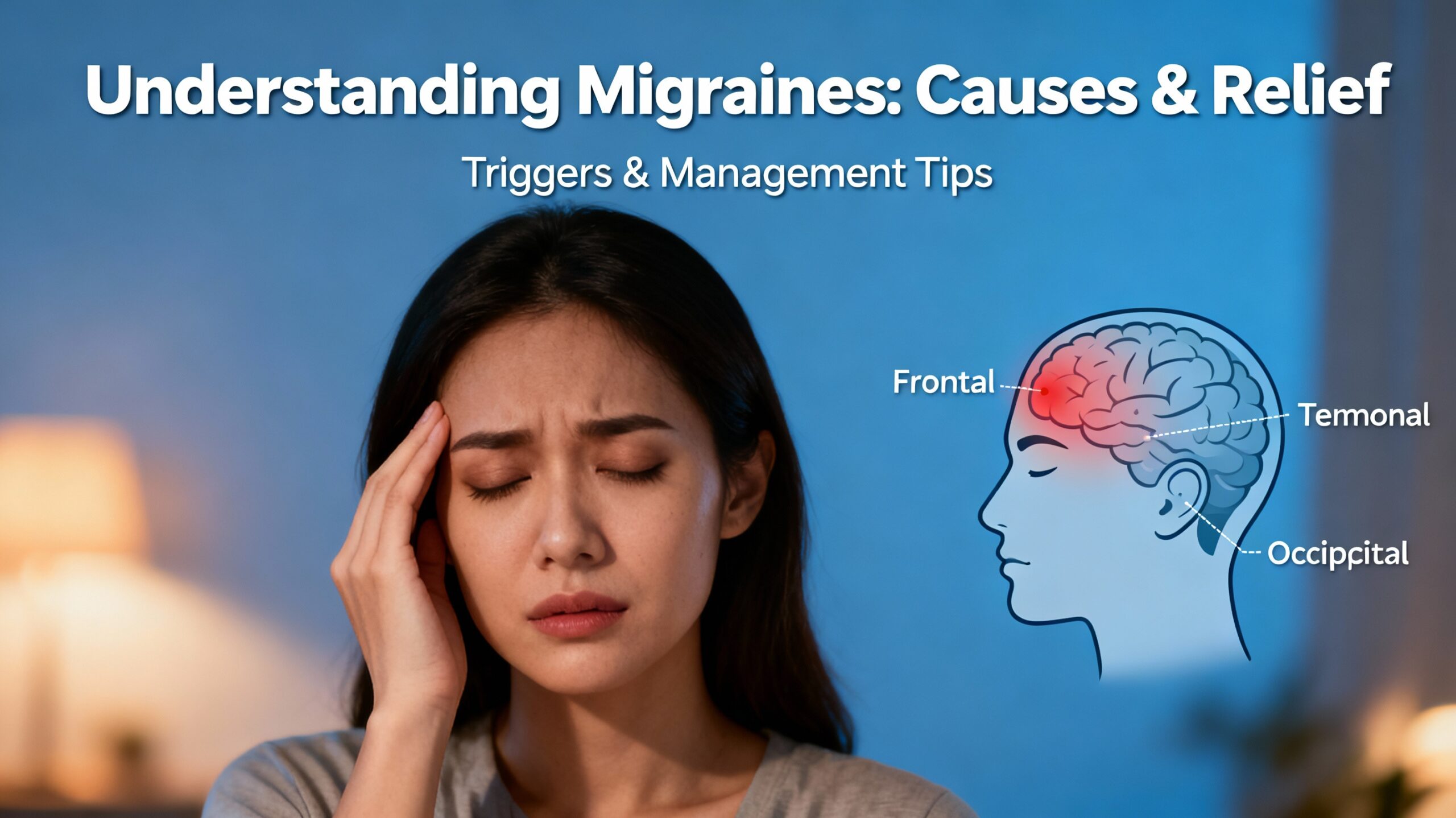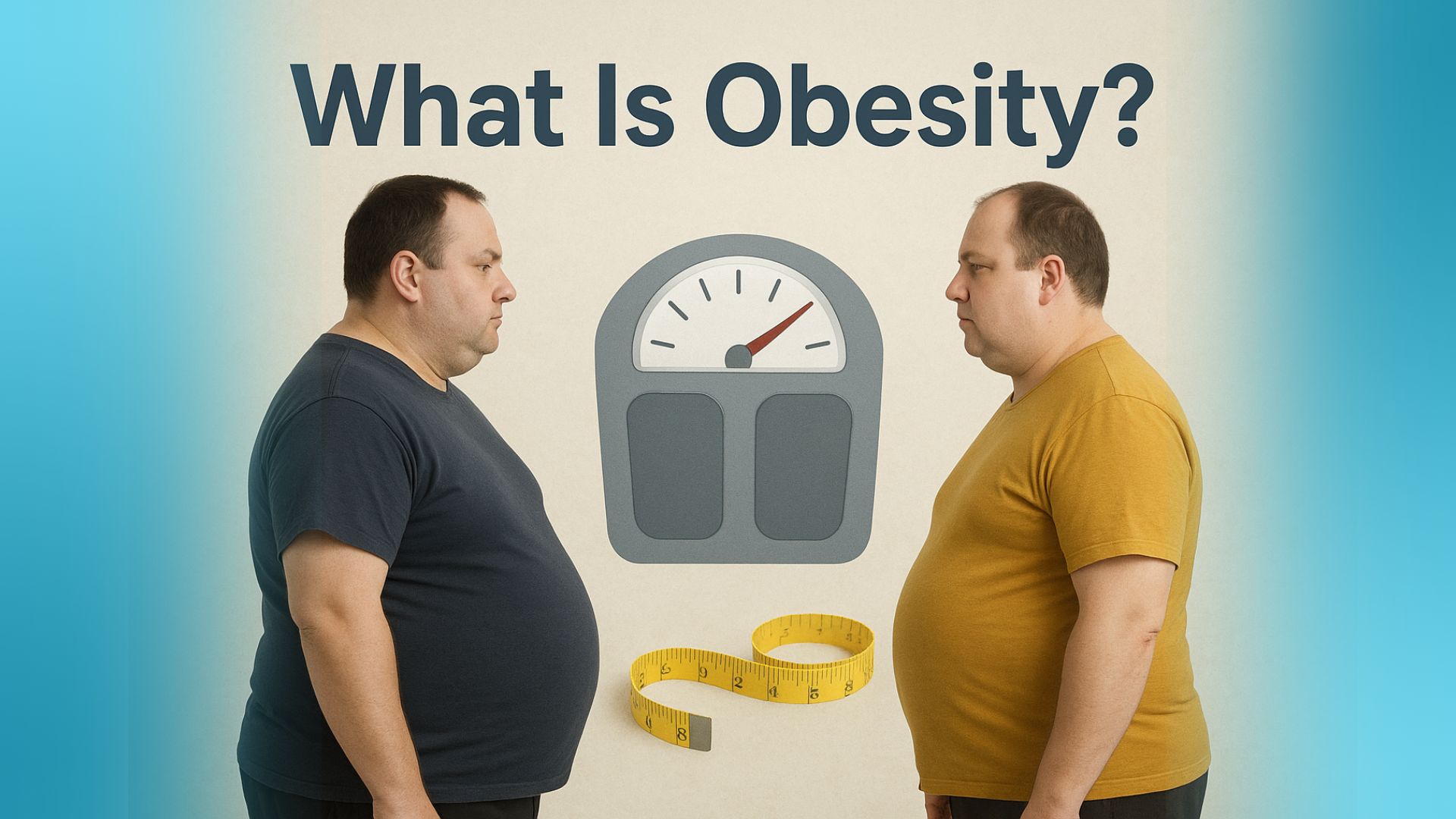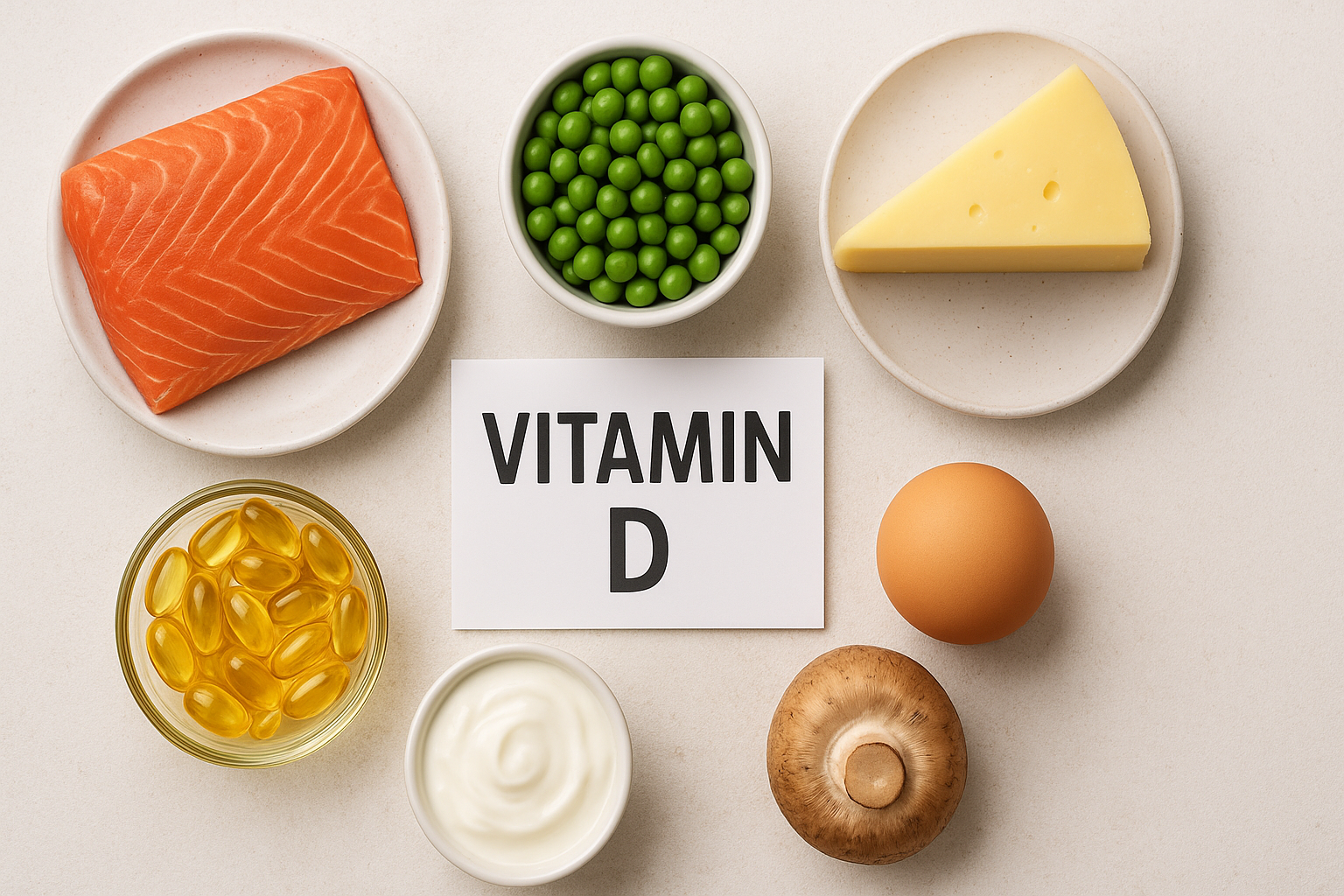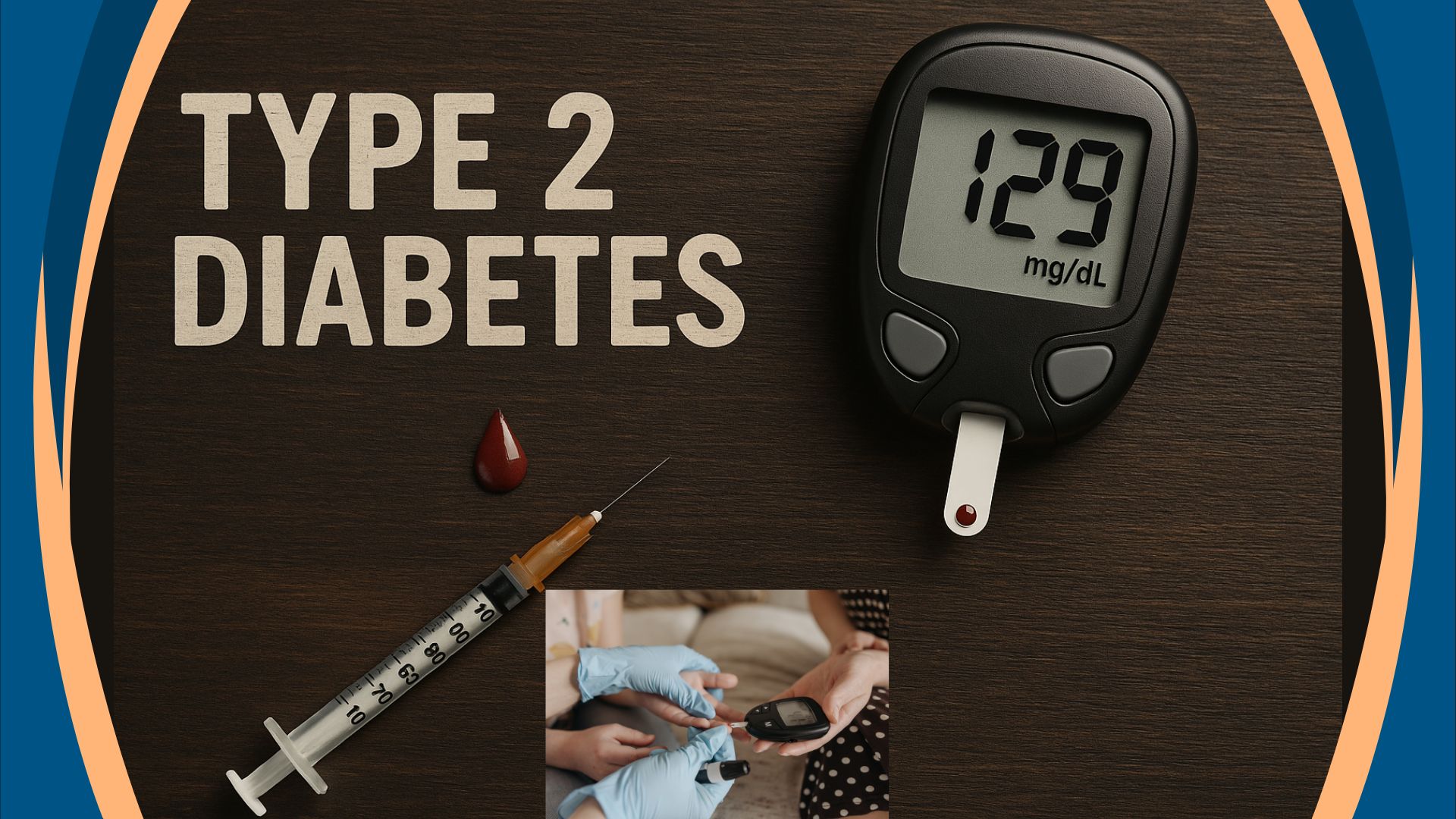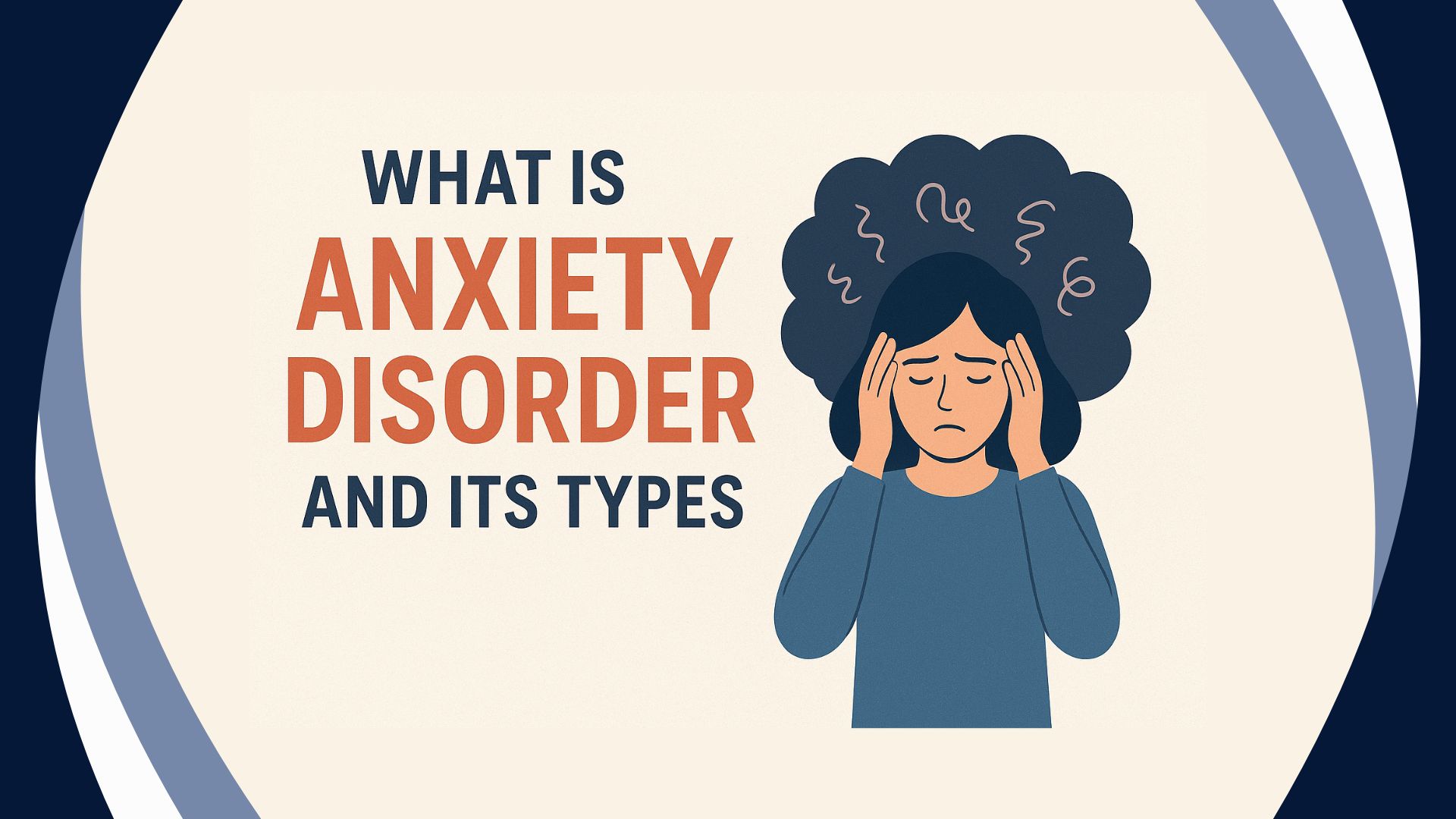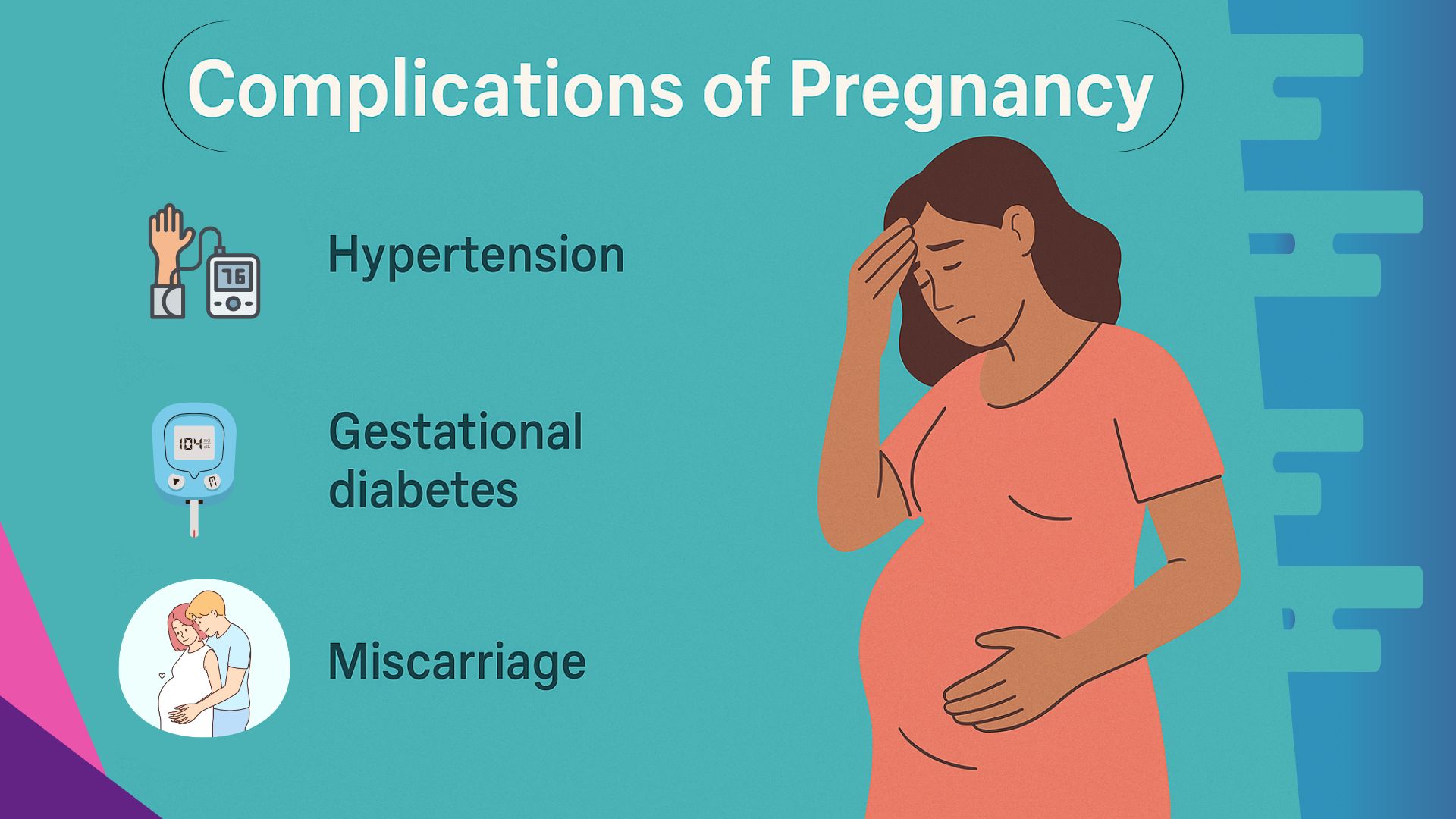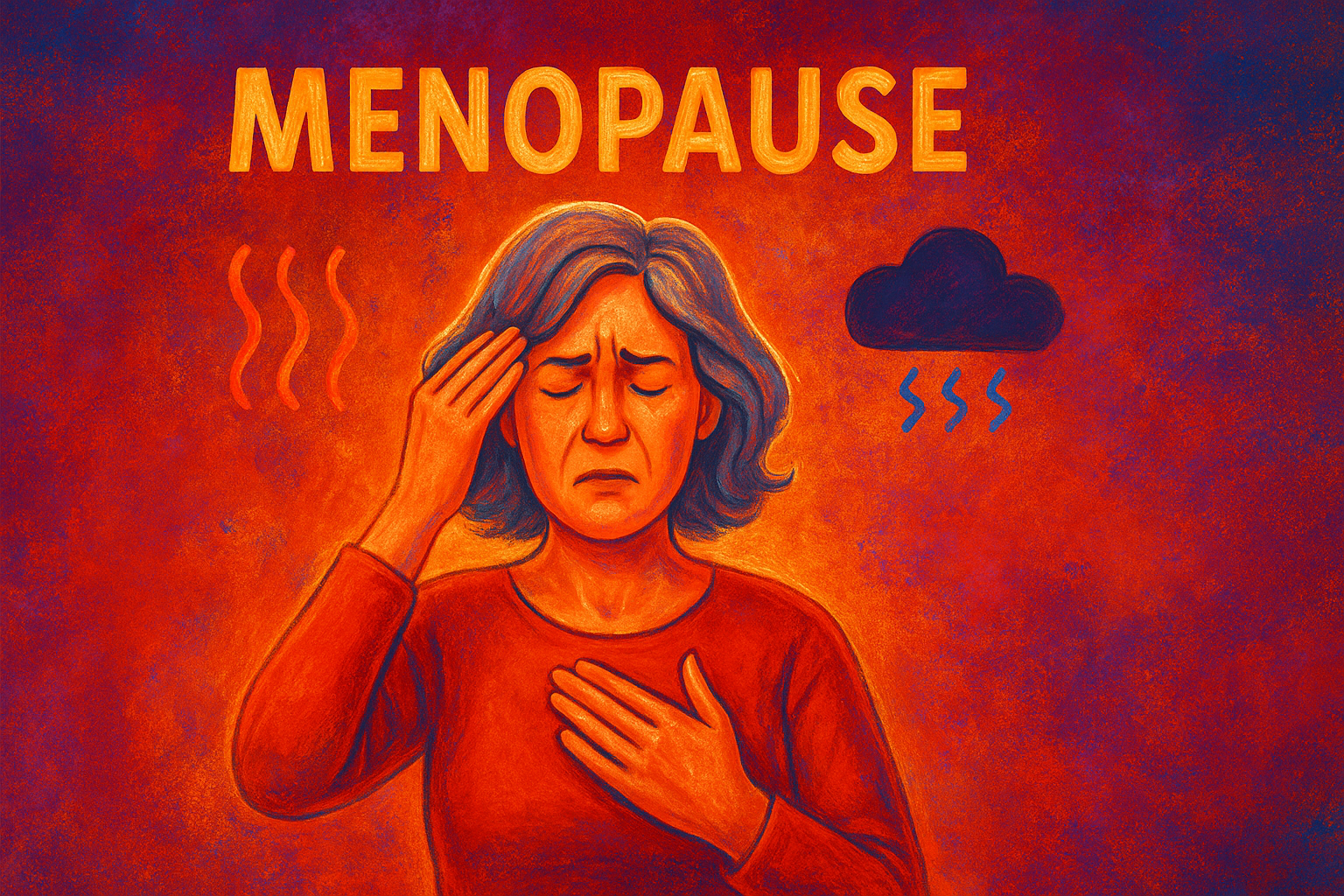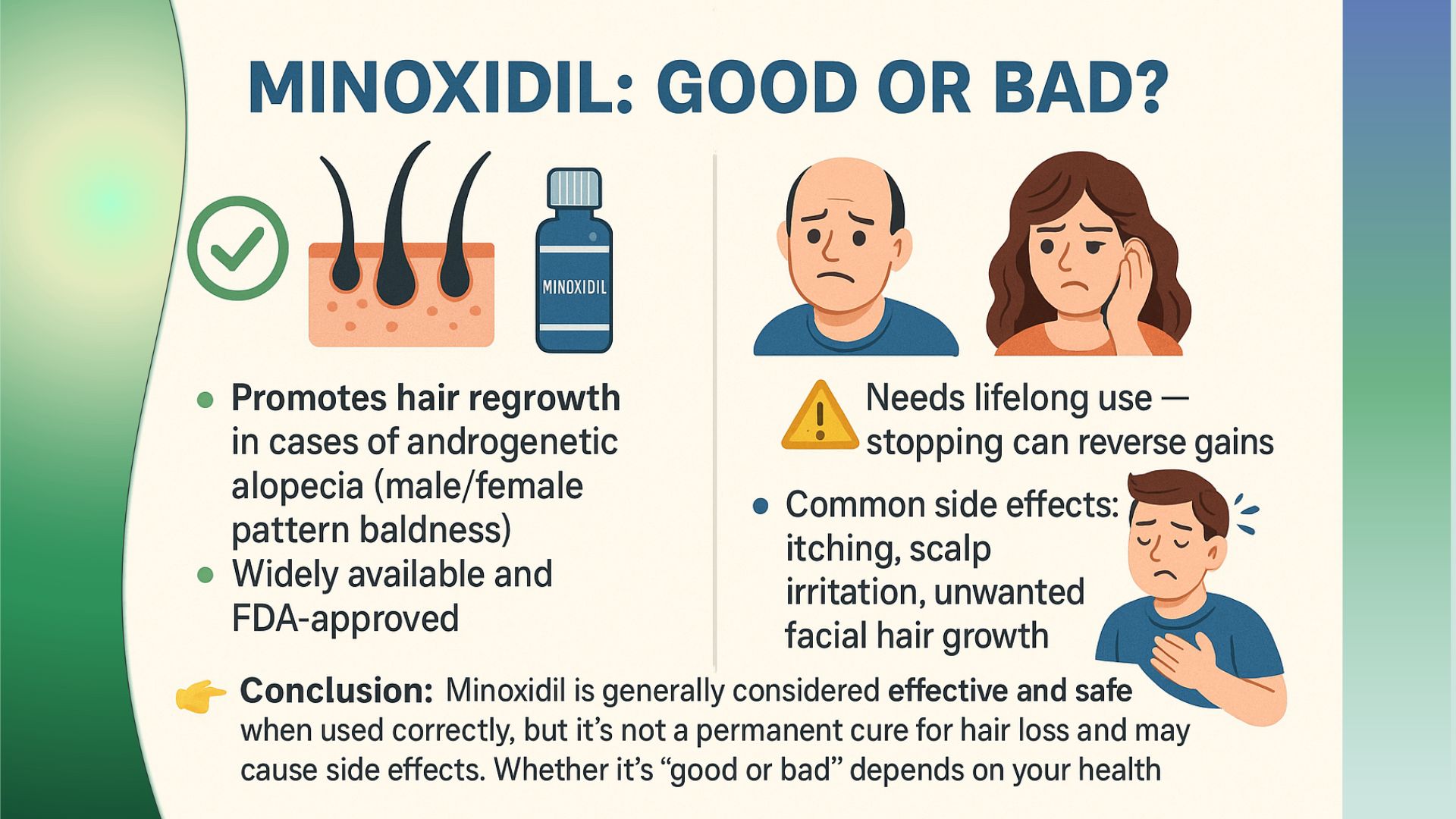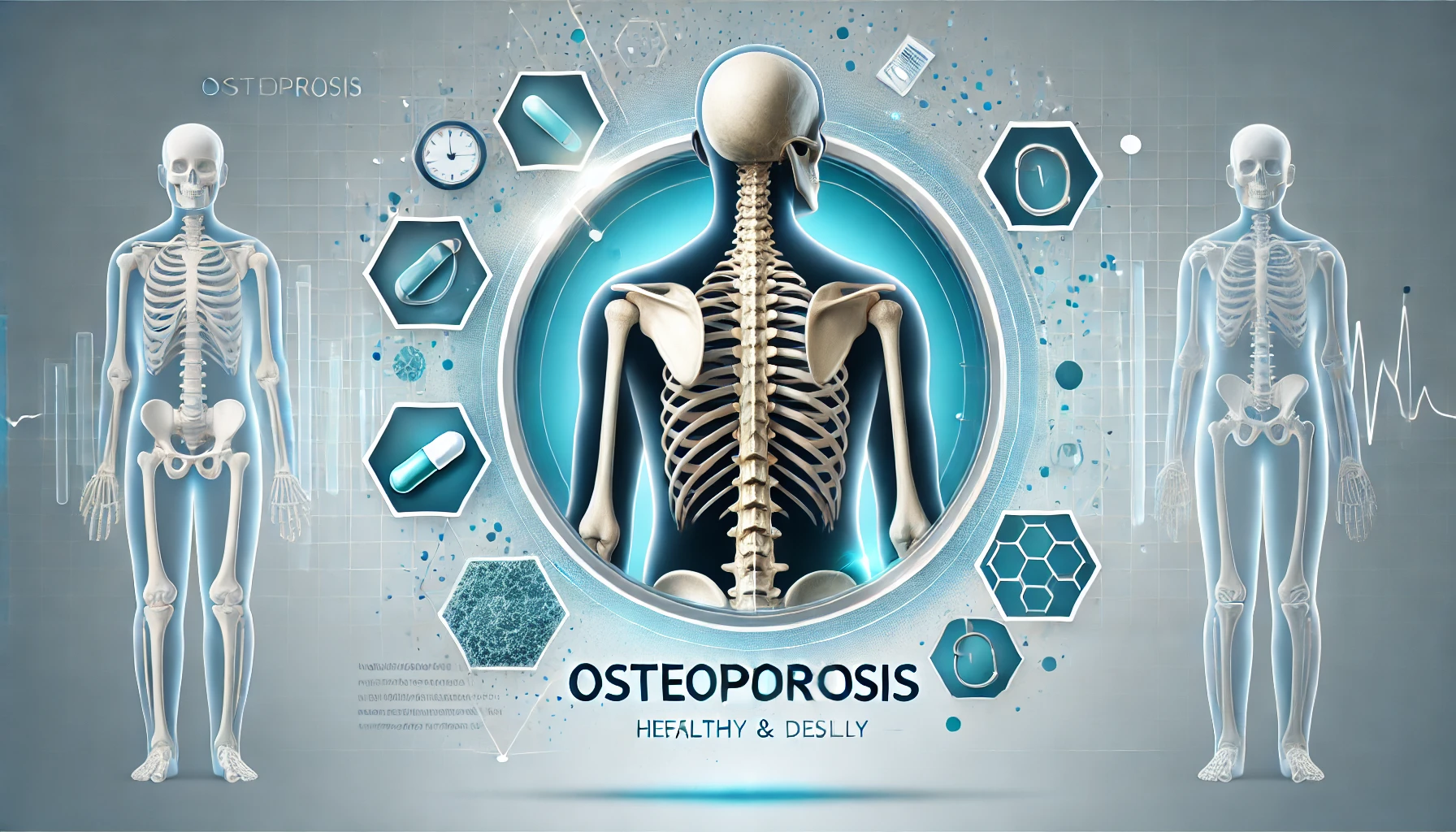
Osteoporosis is a condition where your bones become weak and brittle, making them more likely to break. Eg: “Think of your bones as a strong sponge. Over time, with osteoporosis, that sponge starts to develop holes and becomes weaker.”. This happens because the bones lose calcium and other minerals that keep them strong.
Symptoms
Causes
Treatment
People suffering from osteoporosis often do not know they have the disease until their bones are broken by something that would not normally cause them to break, such as a fall or a bump. It’s more common in older adults, especially women after menopause, but it can affect anyone. Taking steps like taking adequate amounts of calcium and vitamin D naturally by food or supplements, doing regular exercise, and avoiding smoking can help in keeping bones strong and reducing the risk of osteoporosis.
Causes of Osteoporosis:
Aging: As people get older, their bones naturally become less dense and weaker. This is because bone rebuilding slows down over time, leading to a loss of bone mass.
Hormonal Changes:
- Women: After menopause, women produce less estrogen, a hormone that helps keep bones strong. This drop in estrogen accelerates bone loss.
- Men: Lower levels of testosterone, a hormone that helps maintain bone density, can also contribute to bone loss in older men.
Calcium and Vitamin D Deficiency:
- Calcium: This mineral is essential for building and maintaining strong bones. A diet low in calcium can lead to bone loss.
- Vitamin D: This vitamin helps the body absorb calcium. Without enough vitamin D, the body can’t get enough calcium from food, leading to weaker bones.
Lack of Physical Activity: Regular weight-bearing exercise helps build and maintain bone strength. A sedentary lifestyle can lead to bone loss over time.
Genetics: A family history of osteoporosis can increase the risk. If your parents or siblings had osteoporosis, you might be at higher risk.
Medications: Long-term use of certain medications, like corticosteroids (often used for conditions like asthma or arthritis), can lead to bone loss.
Medical Conditions: Some chronic diseases and conditions can affect bone health, including:
- Rheumatoid Arthritis: This autoimmune disease can cause inflammation in the joints and lead to bone loss.
- Thyroid Disorders: Overactive thyroid can lead to increased bone loss.
- Digestive Disorders: Conditions like celiac disease or inflammatory bowel disease can affect nutrient absorption, leading to bone loss.
Lifestyle Factors:
- Smoking: Smoking can reduce bone density and impair the body’s ability to use calcium.
- Excessive Alcohol Consumption: Drinking large amounts of alcohol can interfere with bone rebuilding and increase the risk of fractures.
Eating Disorders: Conditions like anorexia can lead to a severe lack of nutrients, including calcium, which can contribute to bone loss.
Symptoms of Osteoporosis:
Osteoporosis often develops slowly and silently, which means many people don’t realize they have it until they experience a fracture or other issues. Here are some symptoms and signs that might indicate osteoporosis:
- Fractures from Minor Injuries: The most noticeable symptom is breaking a bone from a minor fall or bump. Common fractures occur in the wrist, spine, or hip.
- Back Pain: Persistent or severe back pain, especially from a collapsed vertebra (a bone in the spine that has crumbled), can be a sign of osteoporosis.
- Loss of Height: Over time, people with osteoporosis may lose height. This happens because the bones in the spine (vertebrae) can collapse or compress.
- Postural Changes: A stooped or hunched posture, known as a “dowager’s hump,” can develop as the spine’s bones weaken and compress.
- Bone Tenderness: While not always apparent, some people may experience tenderness or discomfort in their bones, particularly in areas where fractures have occurred.
- Decreased Mobility: Difficulty in moving or performing everyday activities may arise due to pain or fractures.
- Difficulty Breathing: In severe cases, weakened vertebrae can affect lung capacity and breathing.
Prevention for Osteoporosis:
- Diet:
- Calcium: Ensure you get enough calcium, which is crucial for bone health. Good sources include dairy products (milk, cheese, yogurt), leafy green vegetables (kale, broccoli), and fortified foods.
- Vitamin D: Vitamin D helps your body absorb calcium. You can get it from sunlight, vitamin D-rich foods (like fatty fish and fortified milk), and supplements if needed.
- Exercise:
- Weight-Bearing Exercises: Engage in activities that make you work against gravity, like walking, jogging, dancing, and stair climbing. These exercises help build and maintain bone density.
- Strength Training: Use weights or resistance bands to strengthen muscles and bones. Exercises like lifting weights can improve bone density and muscle strength.
- Balance and Flexibility: Activities such as yoga or tai chi can help improve balance and prevent falls, reducing the risk of fractures.
- Healthy Lifestyle Choices:
- Avoid Smoking: Smoking can weaken bones and reduce bone density.
- Limit Alcohol: Excessive alcohol consumption can interfere with bone health and increase fracture risk.
- Regular Check-Ups:
- Bone Density Testing: If you’re at higher risk, such as postmenopausal women or older adults, get regular bone density tests (DEXA scans) to monitor bone health.
Treatment
- Medications:
- Bisphosphonates: These drugs help prevent bone loss and reduce the risk of fractures. Examples include alendronate and risedronate.
- Hormone Replacement Therapy (HRT): For some women, HRT can help maintain bone density, particularly around menopause.
- Selective Estrogen Receptor Modulators (SERMs): These mimic estrogen’s effects on bone density and can be used in postmenopausal women.
- Bone-Building Medications: Drugs like teriparatide and abaloparatide stimulate bone formation and are used in severe cases.
- Denosumab: This medication helps reduce bone loss and is often used in people who cannot tolerate other treatments.
- Supplements:
- Calcium and Vitamin D Supplements: If you cannot get enough from your diet, supplements can help ensure you meet your nutritional needs.
- Fall Prevention:
- Home Safety: Make your home safer by removing tripping hazards, using non-slip mats, and installing handrails where needed.
- Vision and Hearing Checks: Regular check-ups can help detect issues that may increase the risk of falls.
- Lifestyle Adjustments:
- Physical Therapy: If you have had a fracture or are at risk, a physical therapist can help design an exercise program to strengthen bones and improve balance.
- Monitoring and Follow-Up:
- Regular Check-Ups: Continue to monitor bone density and overall bone health with your healthcare provider to adjust treatments as needed.
